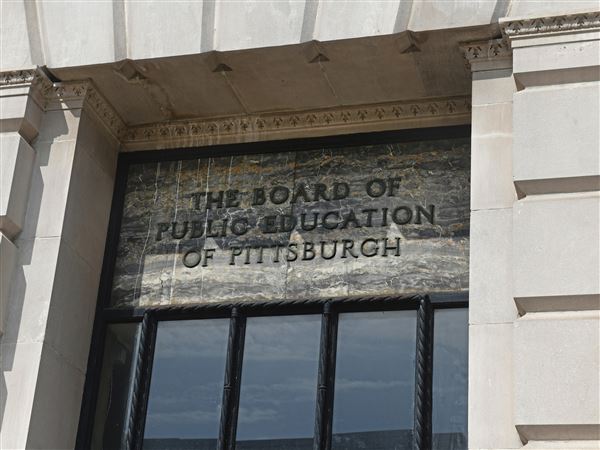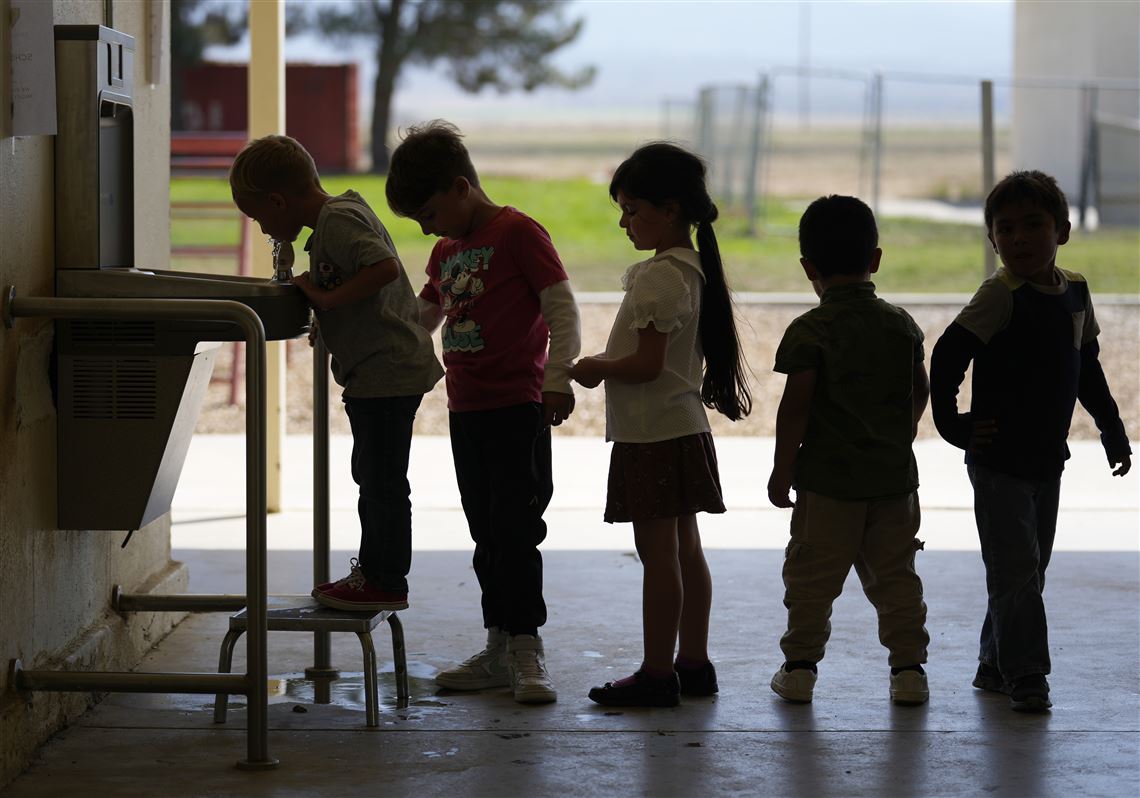The Biden administration earlier this month unveiled ambitious efforts to reduce Americans’ exposure to lead in water pipes and paint dust, funded by the Bipartisan Infrastructure Law and the American Rescue Plan Act.
However, the measures don’t address one of Pennsylvania’s most glaring problems: widespread lead contamination of water coming not from pipes, but from fixtures and plumbing — and, in the worst cases, at schools and childcare centers. Even if all lead service lines are replaced, students and teachers will still be at risk.
Recent studies have shown that lead contamination is present in 90% of Pennsylvania school district water systems. No level of lead is safe for humans, and this is especially true for children, whose growing bodies absorb the toxin at four to five times the rate of adults. This makes it all the more frustrating that Pennsylvania’s rules regarding lead water contamination in schools and childcare centers are haphazard, routinely ignored and easily bypassed.
Current law encourages schools to test and shut off dangerous taps — that is, faucets and fountains where lead leaches from old fixtures into drinking water. But this is not as useful as it sounds. The law includes no mechanism to test, test repeatedly and share the results with the public.
Worse, the law also comes with a massive loophole: Schools that don’t want to test at all must simply discuss the topic of lead — to any degree, in any way — at a public meeting. A series of right-to-know requests by the organization PennEnvironment this year showcased dozens of school districts sidestepping or ignoring even these basic testing and reporting requirements.
These shortfalls are major. As experts have explained for decades, lead testing must be repeated to get an accurate reading. Everything from the temperature of the water to the amount of time it has spent in contact with lead fixtures will affect the amount of lead that leaches into the water, which means that testing at only one point in time gives an incomplete and inaccurate sense of the danger.
Pittsburgh Public Schools is a surprisingly successful outlier in dealing with lead water contamination, and one that avoids these shortfalls. Pittsburgh has received $98 million in BIL and ARPA funding to replace lead pipes, and will be done with this work by 2026. Most importantly, the city’s public schools have already retrofitted all of their facilities’ water fountains with lead-filtering systems.
The Pittsburgh Public Schools model ditches arduous lead testing regimens in favor of installing the lead filtration systems at all water fountains. This costs taxpayers more at first, but saves millions in the long run. PPS and its “filter first” measures should serve as the model for fighting lead contamination across all Commonwealth school districts, even after federal service lines are replaced and paint dust hazards are mitigated.
Pittsburgh schools represent the best practices for lead contamination removal. The rest of Pennsylvania should follow their example, for the sake of our children.
First Published: October 30, 2024, 9:30 a.m.















